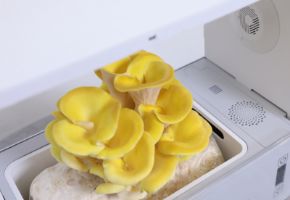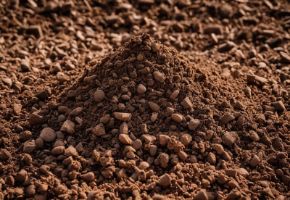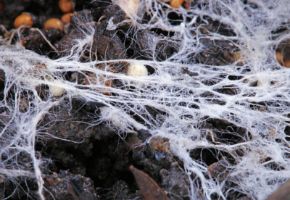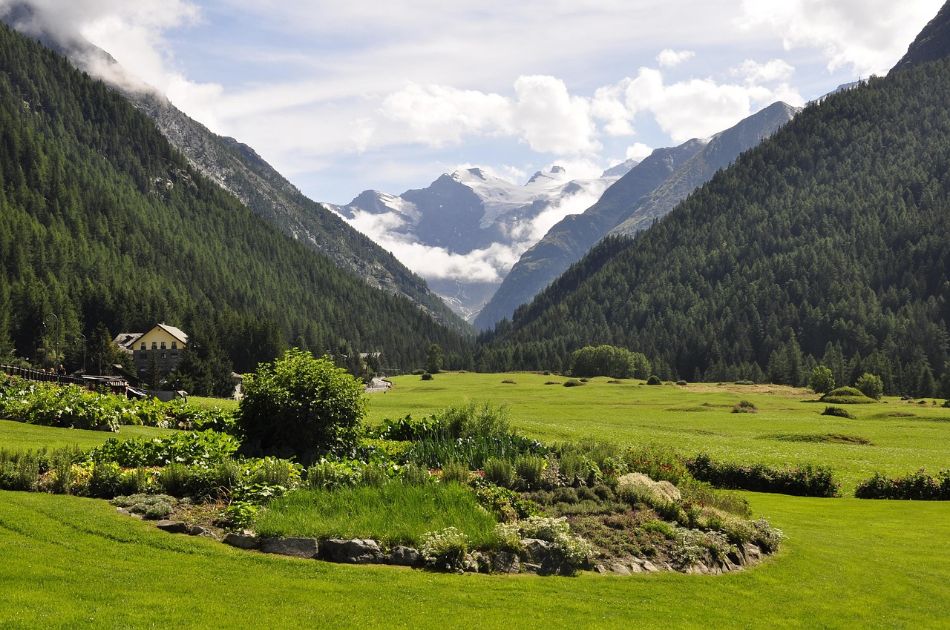There is a perfect moment for every mushroom, a hidden harmony between soil, climate, and mycelium that only the most experienced foragers truly know. Seasonality in mycology is not a simple calendar, but a complex environmental symphony that varies from valley to valley, from forest to forest. In this comprehensive guide, the result of years of field observations and scientific research, we will reveal all the secrets to identifying the ideal time to forage for mushrooms in every corner of Italy. From the first morels piercing the melted snow to the late chanterelles resisting the first frosts, each species has its own story to tell. Together, we will discover how to interpret nature's signals, read climate charts, and leverage the latest scientific research to turn your mushroom-hunting outings into unforgettable and fruitful experiences. Before diving into seasonal calendars, it's essential to understand the biological and ecological mechanisms that determine mushroom emergence. It's not mere chance but sophisticated evolutionary adaptations that ensure species survival. The mycelium, the vegetative part of the fungus living underground, decides to produce fruiting bodies (the mushrooms we see) only when specific conditions are met: A study by the British Mycological Society showed that some porcini (Boletus edulis) synchronize fruiting with the flowering of specific plants in the forest, creating an ecological relationship still poorly understood. Some species have developed surprisingly precise fruiting cycles: According to research by the ISPRA, climate change is altering these cycles, with an average advance of 2-3 days per decade in the fruiting of many species. Discover with this detailed guide all edible mushroom species present in Italy's 23 regions, with information on seasonality, ideal habitats, optimal temperatures, and specific environmental characteristics. A journey through our country's mycological biodiversity. Important: Mushroom foraging is regulated by regional laws that establish periods, maximum quantities, and collection methods. We always recommend: Special feature: In the Trapani cork oak forests grows the exclusive Cork oak black porcini (Boletus siculus), an endemic species. Beyond major seasonal cycles, there is a micro-scale seasonality that varies from forest to forest, determined by microclimates and local conditions. Learning to read these signals can make the difference between an empty basket and an exceptional harvest. Some natural events coincide with the fruiting of specific mushrooms: According to data from the Forest Service, 85% of expert foragers use these natural indicators more than traditional calendars. The seasonality of mushrooms is a fascinating and ever-evolving science that combines traditional knowledge with new ecological discoveries. When to forage for mushrooms depends on a myriad of interconnected factors, but with experience and careful observation, you can develop an almost infallible intuition. Always remember that every forest has its secret rhythms. Keep a journal of your outings, noting not just what you found but also previous weather conditions, surrounding vegetation, and any other useful details. Over time, you'll be able to predict emergences with surprising accuracy. Can't wait to eat a plate of tagliatelle with mushrooms? You can always choose to grow them at home... The fungal kingdom is a universe in continuous evolution, with new scientific discoveries emerging every year about their extraordinary benefits for gut health and overall well-being. From now on, when you see a mushroom, you will no longer think only of its taste or appearance, but of all the therapeutic potential it holds in its fibers and bioactive compounds. ✉️ Stay connected - Subscribe to our newsletter to receive the latest studies on: Nature offers us extraordinary tools to take care of our health. Fungi, with their unique balance between nutrition and medicine, represent a fascinating frontier we are only beginning to explore. Continue to follow us to discover how these extraordinary organisms can transform your approach to well-being.The science of seasonality: why mushrooms appear at precise times
Factors governing fruiting
The fungal biological clock
Cycle type Example species Characteristics Early spring Morchella esculenta, Verpa bohemica Fruit with still-low nighttime temperatures (2-8°C) Summer thermophiles Boletus aestivalis, Amanita caesarea Require stable daytime temperatures above 20°C Classic autumn Boletus edulis, Cantharellus cibarius Sensitive to first nighttime frosts Late winter Flammulina velutipes, Pleurotus ostreatus Resist light freezes (-3/-5°C) Complete guide to edible mushrooms in all 23 Italian regions
Abruzzo
- Period: August-October
- Temperature: 10-18°C
- Altitude: 800-1,800m
- Habitat: Apennine beech forests, acidic soils
- Special notes: Appears after persistent autumn rainsBasilicata
- Period: October-March
- Temperature: 8-20°C
- Altitude: 0-1,200m
- Habitat: Arid meadows and pasturesCalabria
- Period: January-April
- Temperature: 5-15°C
- Altitude: 0-800m
- Habitat: Areas with ferula plantsCampania
- Period: June-September
- Temperature: 18-28°C
- Altitude: 0-1,000m
- Habitat: Thermophilic oak woodsEmilia-Romagna
- Period: April-May
- Temperature: 8-15°C
- Altitude: 0-1,000m
- Habitat: Fertilized meadows and woodland edgesFriuli-Venezia Giulia
- Period: June-October
- Temperature: 12-22°C
- Altitude: 300-1,500m
- Habitat: Mixed broadleaf forestsLazio
- Period: May-October
- Temperature: 15-25°C
- Altitude: 0-1,200m
- Habitat: Oak and chestnut woodsLiguria
- Period: March-May
- Temperature: 5-12°C
- Altitude: 0-1,000m
- Habitat: Burned areas and sandy soilsLombardy
- Period: September-November
- Temperature: 5-15°C
- Altitude: 0-1,500m
- Habitat: Tree stumps and dead logsMarche
- Period: June-October
- Temperature: 15-25°C
- Altitude: 0-1,200m
- Habitat: Clearings and forest edgesMolise
- Period: May-October
- Temperature: 12-22°C
- Altitude: 300-1,500m
- Habitat: Oak and chestnut woodsPiedmont
- Period: April-May
- Temperature: 5-12°C
- Altitude: 200-1,000m
- Habitat: Mountain meadows and pasturesApulia
- Period: October-April
- Temperature: 5-18°C
- Altitude: 0-1,000m
- Habitat: Arid meadows and pasturesSardinia
- Period: October-December
- Temperature: 10-18°C
- Altitude: 0-1,200m
- Habitat: Cork oak and holm oak forestsSicily
- Period: October-December
- Temperature: 12-20°C
- Altitude: 800-1,500m
- Habitat: Mountain oak woodsTuscany
- Period: June-November
- Temperature: 10-20°C
- Altitude: 0-1,500m
- Habitat: Broadleaf and coniferous forestsTrentino-Alto Adige
- Period: July-September
- Temperature: 8-16°C
- Altitude: 1,000-2,000m
- Habitat: Larch and Swiss pine forestsUmbria
- Period: October-December
- Temperature: 5-12°C
- Altitude: 500-1,500m
- Habitat: Pine and conifer forestsAosta Valley
- Period: April-June
- Temperature: 5-12°C
- Altitude: 600-2,000m
- Habitat: Burned and gravelly areasVeneto
- Period: August-November
- Temperature: 8-16°C
- Altitude: 300-1,500m
- Habitat: Damp beech forestsAutonomous Province of Bolzano
- Period: July-October
- Temperature: 10-18°C
- Altitude: 1,000-2,000m
- Habitat: Spruce and fir forestsAutonomous Province of Trento
- Period: June-September
- Temperature: 12-20°C
- Altitude: 600-1,800m
- Habitat: Mixed broadleaf forestsSicily
Micro-seasonality: reading the forest's signals
Natural signals to observe
Mushroom seasonality: the art of listening
Continue your journey into the world of fungi
Cookies help us deliver our services. By using our services, you agree to our use of cookies. Learn more










